When The Whistle Blows
Monica notes that we’ve not yet talked about When the Whistle Blows here. It does bear comparison to The Evolution of Calpurnia Tate and A Season of Gifts. It is episodic, historical, and told from an adult-perspective looking back [sic, see comments] . It took quick a while to draw me in, but I tried to tell myself it might just be personal taste, and kept on. The third time in I made it all the way through, and found the payoff at the end–the very end–that elevates the book beyond "good" to "maybe distinguished." But I find the perspective from which that payoff happens to be rooted firmly in adult nostalgia, and not in what a child–of up to and including age fourteen–would bring to this reading.
This is not to say that I don’t think this is a children’s book…or even a good children’s book. I do think it has child appeal, and the commenter’s at Monica’s post have begun to attest to that. But considering it for the Newbery: I don’t find enough distinguishing elements in it that speak to a child audience to put it in my, say, top 10… which, at this point, includes mostly nonfiction.
ADVERTISEMENT
ADVERTISEMENT
For the record, I have some of the same questions about Calpurnia Tate and Season of Gifts (Kickapoo issue aside). If I were on the committee, I’d ask myself and ask my fellow committee members to ask themselves very carefully: do I feel this is distinguished writing/style/characterization because it speaks to an adult nostalgia in me? What are child readers taking from these books, and are these elements distinguished? I do think there’s strong writing in each of these two, and the answer may be "yes"…but the question should indeed be addressed.
Filed under: Uncategorized
About Nina Lindsay
Nina Lindsay is the Children's Services Coordinator at the Oakland Public Library, CA. She chaired the 2008 Newbery Committee, and served on the 2004 and 1998 committees. You can reach her at ninalindsay@gmail.com
ADVERTISEMENT
ADVERTISEMENT
SLJ Blog Network
Name That LEGO Book Cover! (#53)
Cover Reveal and Q&A: The One and Only Googoosh with Azadeh Westergaard
Exclusive: Vol. 2 of The Weirn Books Is Coming in October | News
Fighting Public School Book Bans with the Civil Rights Act
Take Five: Middle Grade Anthologies and Short Story Collections
ADVERTISEMENT

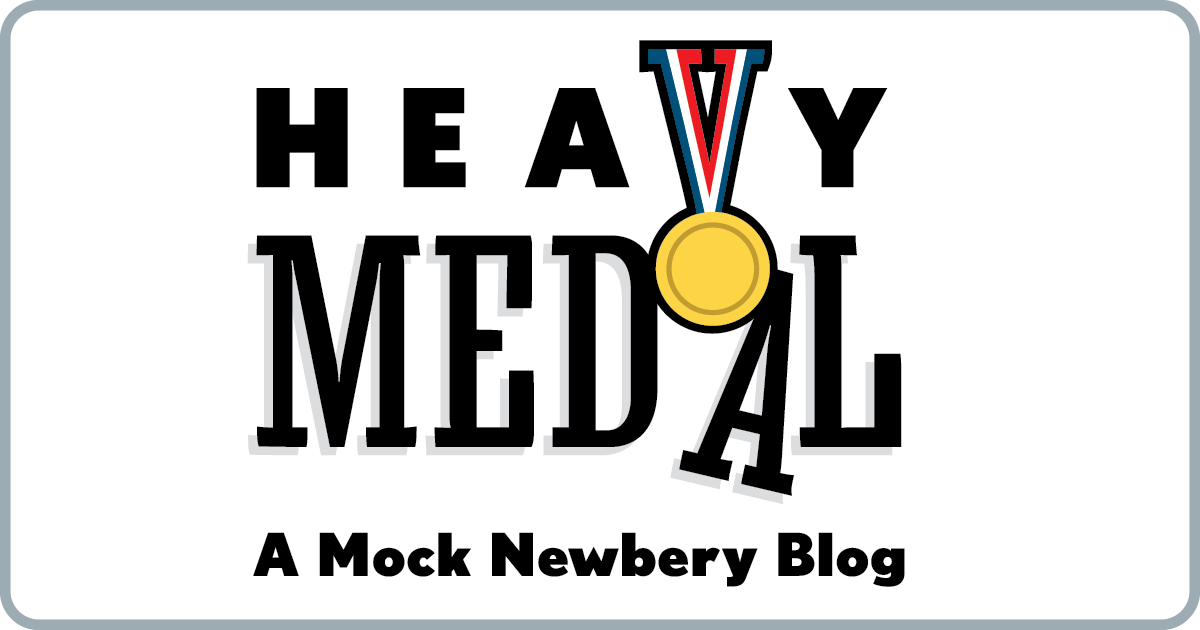

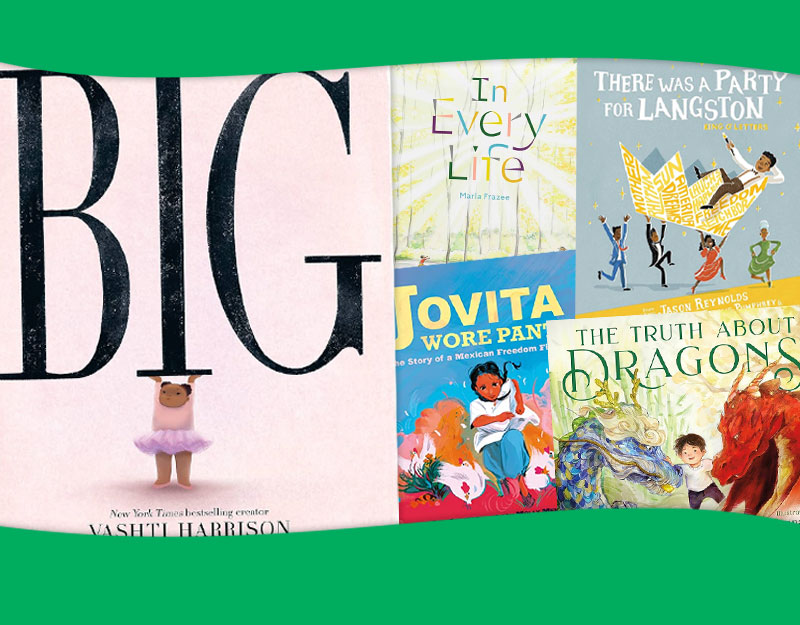
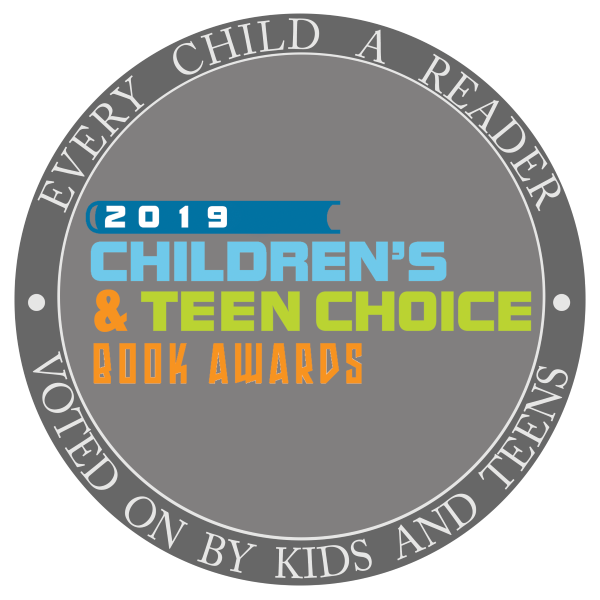
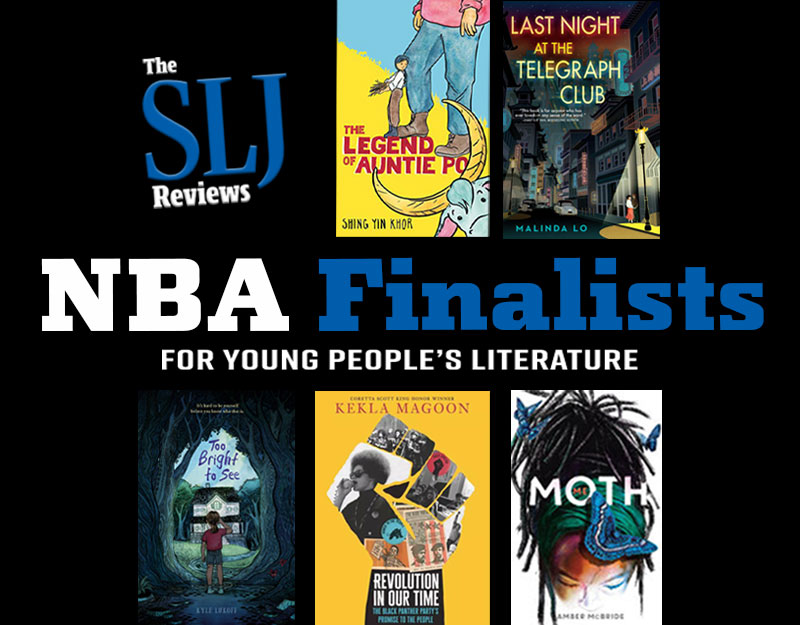
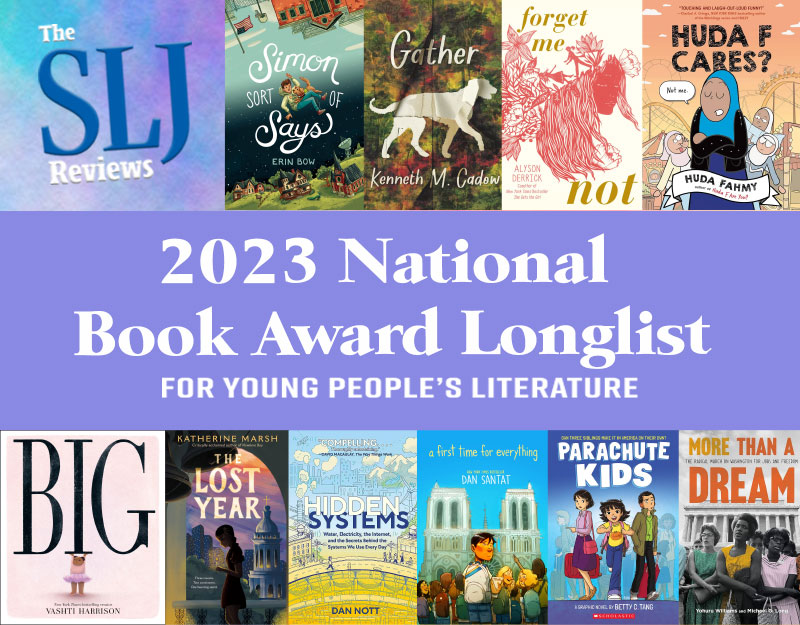
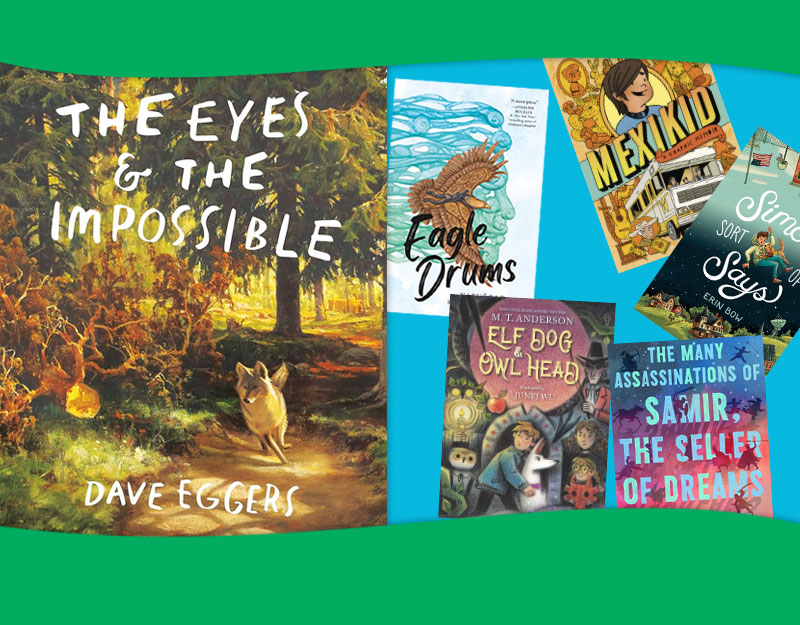
What about the $20,000 Pyramid game show? A WRINKLE IN TIME? I think both of those elements of WHEN YOU REACH ME also speak to nostalgia, no?
Nina,
I’m having a difficulty seeing where WTWB is “told from an adult-perspective looking back” when it is written in first person present tense. I’ve read the book twice, and at no time does it vary from this.
I was wondering if you could clarify where you are finding this in the book.
I was just going to ask the same thing Dave did. I love the way the voice of WTWB matures with each successive story.
Dave & Tandy–
Hm. You’re technically correct. Interesting since I’m relying on my memory of having read this book a couple of months ago. The adult-perspective looking back actually only happens in the final chapter. It is that perspective that pulls the previous episodes together into a climax that is the distinguishing payoff for me.
Jonathan: You’re right too: plenty of nostalgia in WYRM. Is it the distinguishing element of the book though? To me it’s just background.
Interesting that I too recalled the book as being a looking-back book when it is only so in the last chapter.
I found the voice in WTWB to have a child/teen perspective – particularly in regard to the narrator’s perception of his father. That perception as everything else in the stories, changes and matures as the book progresses. Awe, pride and fear in the first story eventually changes to teen resentment and embarrassment in the football story and to a growing awareness of his father as a person by the end. I thought it was wonderfully nuanced.
I understand what people say about this being a nostalgic book but I wonder if that is really so. Certainly there are elements of nostalgia but the overall depiction feels much more clear-eyed to me. Slayton paints a complete picture of the time, including job losses, the hardships and real danger of working on the railroad. Readers today will see striking parallels between that time and our own.